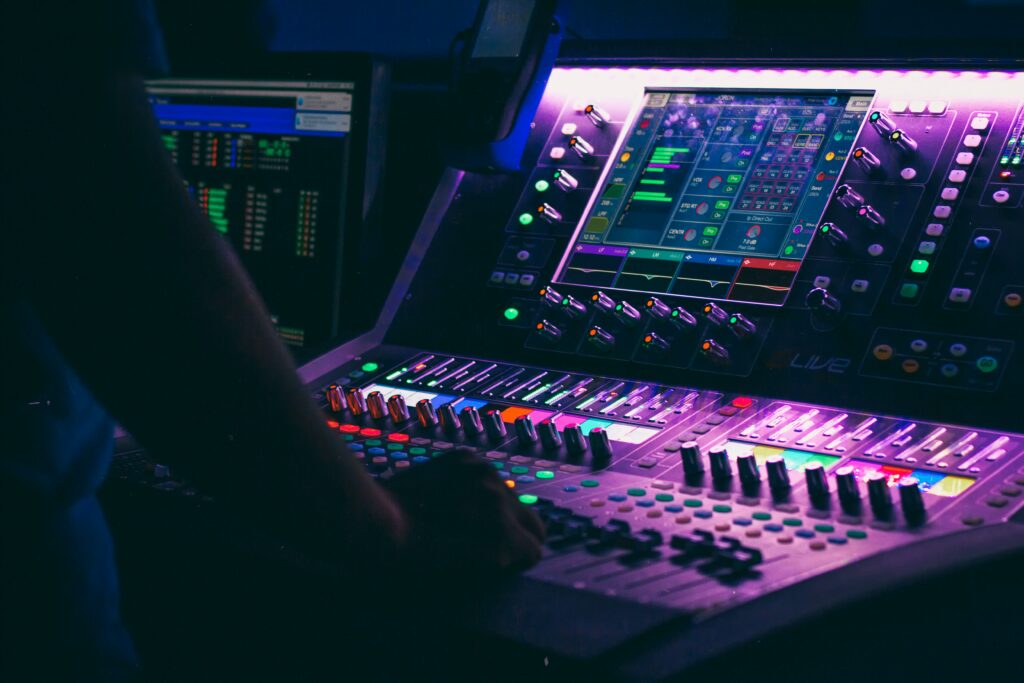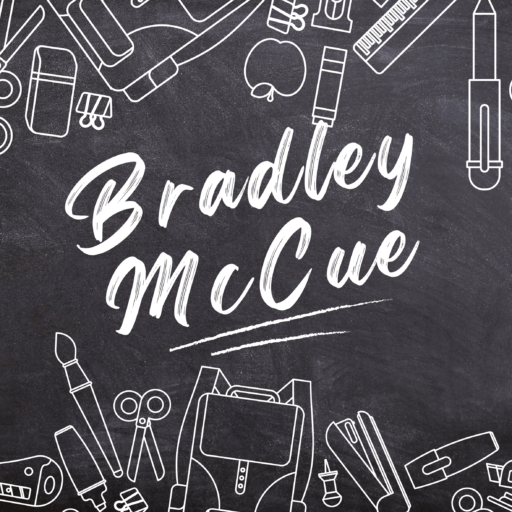This past week, I spent some time with the technical director for a local theatre to find out a bit more about the backend technical support that a large-scale musical production would require. Of course, this is an incredibly complicated process and have only just begun my training on this complex and incredible side to the theatre world, so I will do my best to summarize what I learned and how it relates to musical theatre productions.
SOUND
In the theatre I visited, there was an incredibly complicated setup regarding sound. I must admit, I often thought that mics plugged into a box and that was all there was to it. Of course, as I learned, that is far from the case. Sound for a theatre and specifically a theatrical production begins with a sound board. Sound boards have about a million different settings that include different microphone channels and access to volume controls for the overhead amps. These are what the audience might know as speakers. But without anything attached to said sound board, no sound will come out of the amps and without an additional step, the amps themselves won’t work at all. First thing you need to do, and it is important that this is your first step, is to turn on all of the amps, but you are not to unmute the amps quite yet. Next what you would want to do is turn on the relay boxes backstage. These are fairly close to the stage because this is what you would plug your microphones into, however, because in a musical production you would rarely ever see an actor carrying around a corded microphone, there is an additional step that requires to plug wireless receivers into the relay box. There must be a wireless receiver for every single microphone used by the actors on stage. As I’m sure you can already tell, this is an incredibly expensive investment as wireless microphones do not come cheap, especially when they have to be nearly invisible, so as to avoid breaking the illusion of theatre as much as possible, and they have to have incredibly stable wireless connections, so that you avoid cutting in and out. Each wireless microphone has a receiver box that goes underneath an actor’s costume, but you also must be careful as an actor to avoid feedback. This is best achieved by making sure that your character is never speaking directly toward a live amp. The last step of this complicated and arduous process that I have just majorly summarized is to unmute your amps and hope that nothing goes wrong. Hoping that nothing goes wrong is actually a big part of all aspects of theatre.

LIGHTING
Lighting, while not quite as complicated as sound, is still extremely complicated. So again, you have a light board, but unlike sound, the light board is likely the most advanced piece of tech you will use for this part of the process. There are an infinite number of combinations that you can program directly onto the lighting board including colour, intensity, cues, automatic changes, time, LED lights and incandescent lights and you can even save projects onto computer software for repeat uses of the same setup. Where lighting gets complicated is when discussing where on the stage you wish the light to be pointing. The big issue with this part of the process is that lights can not be moved through the sound board, and thus if you wish to have a specific light shine on a specific part of the stage, the light must be manually moved. Since, however, these lights get incredibly hot, it’s extremely dangerous to adjust a light’s position while it is operation. This makes for an incredibly arduous task, moving the light manually on the catwalk or ladder, going back to the light board, checking if the light is in the correct place, and this process is repeated until you get the desired effect.

I intend to continue shadowing the theatre’s technical director over the next several months so that I can get a better grasp on the backend of this hobby that I cherish and love so much. While I hopefully wish to be a director, a big part of directing a show is understanding each and every process that takes place during the run of the show. I really loved this side of things, as it forced me to step out of my comfort zone in the name of theatre and creation. I am extremely excited to continue learning and expanding my horizons as I dive deeper into community theatre.

